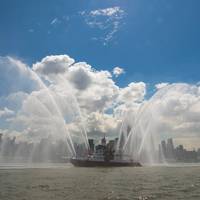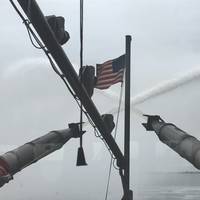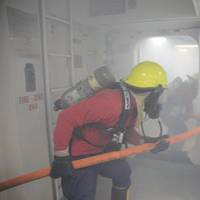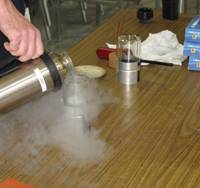Big City Fireboats

On March 3, the Coast Guard published a notice that Martin Midstream Partners (MMP), a petrochemical transport and storage company, was seeking approval to modify terminal operations in Beaumont, Texas, along the Sabine-Neches Waterway. If approved, MMP would expand its liquefied hazardous gas (LHG) operations, both in volume and products. Instead of just handling ammonia the change would allow shipments of butane, propane, ethane, ethylene and propylene.Critically, MMP’s expansion would increase LHG vessel transit from 24 ships to as many as 350 per year.
Firefighting on Workboats

Marine fires have been some of the toughest fires for anyone to fight. Whether it’s a fire on your own boat, or a vessel you are escorting or working with you will need to know what you are doing if you wish to operate safely. Marine Firefighting Inc. has been training mariners as well as land-based firefighters to deal with all types of marine fires for more than 17-years. Much of our mariner training dealt with work boats built with powerful firefighting pumps and fire monitors used to deal with liquefied natural gas (LNG) ships and offshore facility fires.
Maritime Firefighting: Not Another Drill

OK, your ship has just pulled into port and will start unloading soon. The first mate has told everyone that while shore side paperwork is being completed there will be a mandated fire drill to fulfill international requirements. A designated fire team hooks up several lengths of fire hose to a fire hose station on the main deck. You are the junior crew member so you are told to drag the nozzle with hose attached to the bow of your ship. When you arrive there water is started and you are told to aim the water stream over the side for 30-minutes.
The Marine Industry and LNG

Several years ago many people in the marine industry either did not know about LNG or did not think that it would amount to anything worth more than a passing interest. At that time there were just four LNG import terminals in the and even they were underutilized. Today there are eight LNG import terminals in operation with two more slated for their first “cool down” shipments this year or early next year. In addition there is an LNG facility in just over the boarder where companies are also operation.






